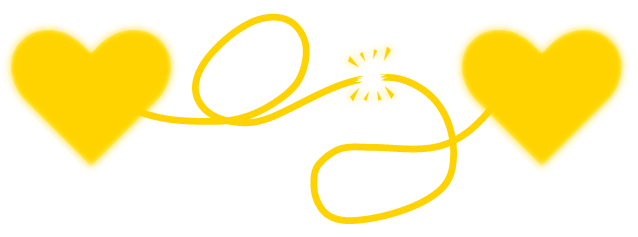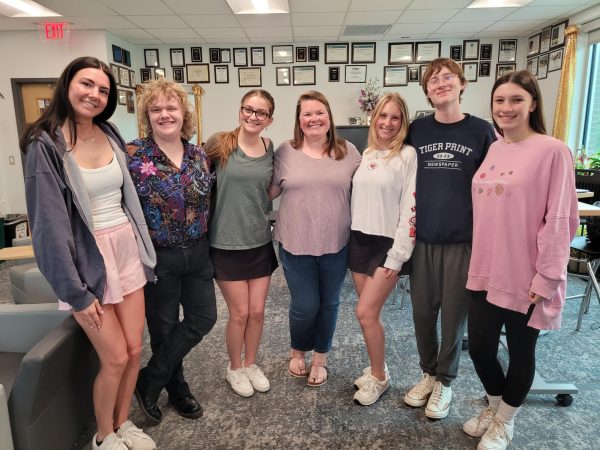Friendzone
The idea that boys and girls can’t be “just friends” is an outdated stereotype
Growing up, I always had more girl friends than boy friends. Being friends with girls seemed just as normal to me as being friends with boys.
Though those dynamics changed a bit when I started to be more interested in some of the girls I was friends with, for the most part we were always just that: friends.
I can distinctly remember in middle school, probably 6th or 7th grade, being confused why all of my male friends were distancing themselves from our female friends. It didn’t help that this division was reinforced by everyone around us, from our teachers and parents to the movies and TV shows we watched.
In media, this stereotype is most often found in tropes such as childhood friends to lovers or the girl next door — think “Sky High,” “How I Met Your Mother” and “When Harry Met Sally.” These TV shows and movies set an unrealistic precedent: when boys and girls are friends, they will inevitably fall in love.
Not only is this unrealistic, it is harmful to our social development.
If we don’t feel comfortable just being friendly with each other, how are we supposed to socialize later in life without an expectation of romance?
On top of all that, this outdated idea is incredibly heteronormative. It assumes a lot about the identity of a pair of friends who are not the same gender.
There just isn’t a lot of reason to keep this idea around anymore outside of Hallmark movies and Netflix shows.
There is no reason that having a friend of the opposite gender should be expected to lead to a romantic relationship, nor is there any real evidence that boys and girls can’t be friends without developing such feelings for one another.
If we stick to these boys-only and girls-only cliques, how are we going to get to know each other and get along?
According to a 2020 Pew Research Center study, 32 percent of adults say they met their partner through friends and family, 18 percent met through work, 17 percent met through school and 12 percent met online. The other 21 percent met in some other public place.
None of those sound like childhood best friends to me.

Isaac Hudson is a senior and one of the editors-in-chief this year. It is his fourth year on staff. He is also the president of BV’s Latin Club, and...







